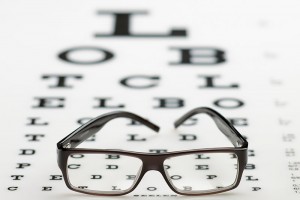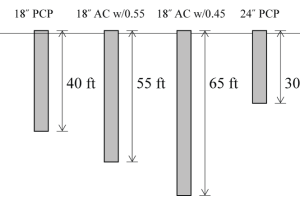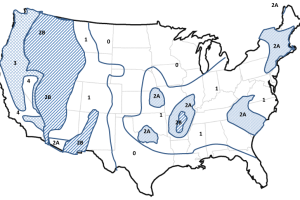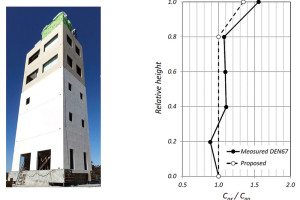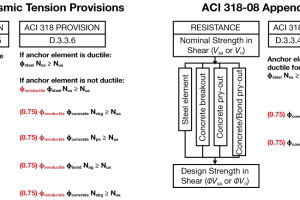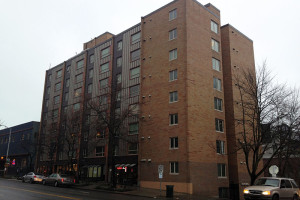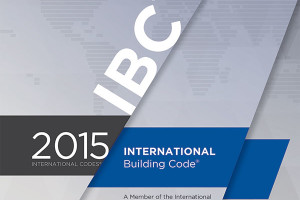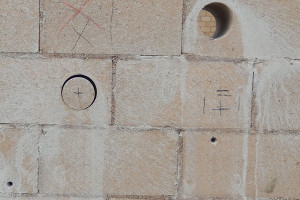Similar to the industrial revolution of the early 19th century, we are in the midst of an information revolution. But rather than reducing the price and increasing the speed at which a cog can be manufactured, the current information revolution is reducing the price and increasing the speed at which services can be rendered. …
Monthly Archives : March 2016
I have never been concerned that three organizations represent structural engineers. So, while attending a recent engineering conference, when one of my tablemates spoke up in an agitated tone and said: “I don’t understand why there are three organizations representing structural engineers! They’re like oil and water – they don’t mix well,” I was taken aback. It is a question and a simile I have heard before, but his tone and abruptness caused me to pause and reflect. …
A Critical Comparison of Auger Cast and Prestressed Piles in Areas of Moderate to High Seismicity
Design of auger cast and prestressed concrete pile elements supporting building structures in Seismic Design Categories A through F is covered in Chapter 18 of the 2015 International Building Code (IBC). It is anticipated that subsequent additions of the IBC will no longer contain these provisions and ACI 318 is currently being revised to include provisions for these elements beginning in 2019. …
Past, Present and Future
Over the past twenty years, the seismic design value maps referenced by the building codes have undergone revolutionary changes, affecting the information they portray, the way they are developed and the design procedures that reference them. Many structural engineers, noting these constant changes and the effects on their designs, question why this happens and if it is necessary. This article presents a historic review of major developments in seismic design value mapping and a look forward to potential future changes. …
The next edition of ASCE 7 Minimum Design Loads for Buildings and Other Structures, ASCE 7-16 (ASCE, 2016), is expected to be published in September 2016, in time for adoption into the 2018 International Building Code (IBC) (ICC, 2018). For that edition, ASCE 7-10 (ASCE, 2010) has been modified to include a new Section 12.10.3, Alternative Design Provisions for Diaphragms including Chords and Collectors, within Section 12.10, Diaphragm Chords and Collectors. …
The American Concrete Institute (ACI) Building Code Requirements for Structural Concrete (ACI 318) includes provisions for anchoring to concrete in Appendix D (ACI 318-02 through ACI 318-11) and Chapter 17 (ACI 318-14). Anchorages designed to resist seismic load conditions require special consideration. This article discusses the changes between ACI 318-08 Appendix D seismic provisions and ACI 318-11 Appendix D/ACI 318-14 Chapter 17 seismic provisions, and includes a brief discussion about the International Building Code (IBC) seismic anchoring provisions. …
Using ASCE-41 to Retrofit a Multi-Story Concrete Building
Aging infrastructure and stricter seismic design guidelines cause many structures to need seismic upgrading. This is especially true in the Pacific Northwest, where the Puget Sound area is prone to large magnitude subduction zone earthquakes. …
Structural engineers know the mechanics of the seismic provisions of the International Building Code (IBC) and ASCE 7-10. They know how to get Ss and S1 for a site and apply the equations to calculate a seismic response coefficient (Cs) that is used to calculate the seismic base shear, which is used to size the seismic resisting elements of the building. However, many do not understand the background behind the equations and the coefficients. …
The 1933 Long Beach earthquake showed that unreinforced double-wythe masonry brick walls did not perform well. Consequently, California regulators imposed a requirement that double-wythe brick masonry be reinforced and grouted, and that the newly constructed masonry be destructively tested by drilling a core specimen horizontally through the wall to test the bond between the clay masonry unit and grout for shear capacity. …
It is no mystery that there are still uncertainties and lack of guidance when conducting nonlinear seismic analysis of structures. The challenge remains that the modeling, type of nonlinearities, and parameters required for analysis oftentimes vary from project-to-project and person-to-person depending on the assumptions that are made in light of limited guidance. …


